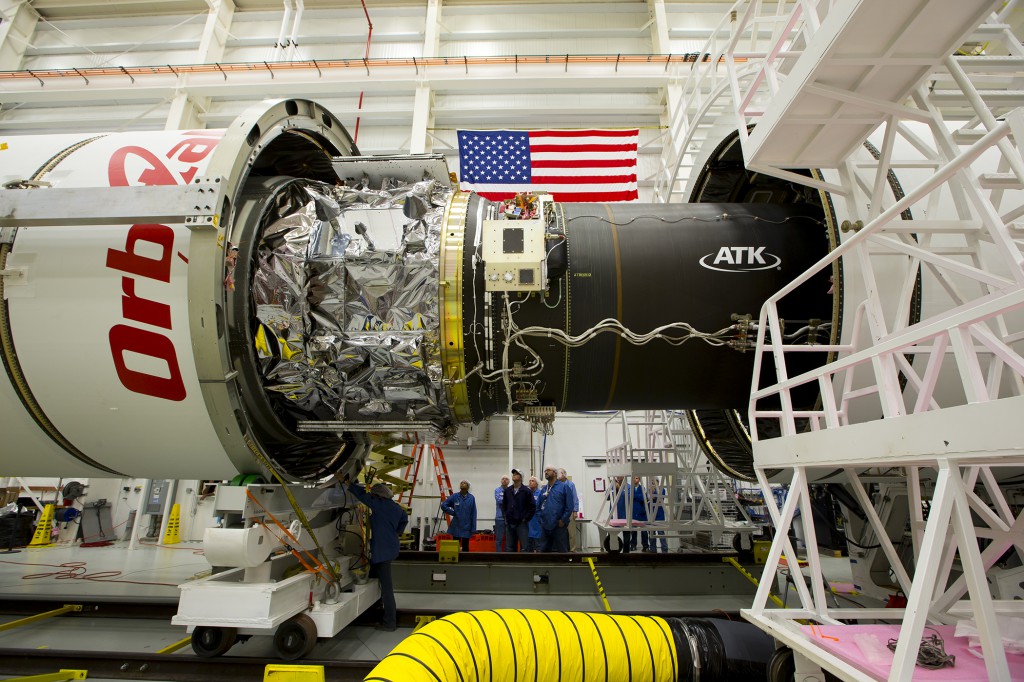NASA’s Wallops Flight Facility and Virginia’s Mid-Atlantic Regional Spaceport are set to support the launch of Orbital Sciences’ Antares rocket at 6:45 p.m. EDT, Oct. 27.
The Antares rocket will carry Orbital’s Cygnus cargo spacecraft, loaded with some 5,000 pounds of supplies and experiments, to the International Space Station. CRS-3 (short for “Commercial Resupply Services”) will be the fourth Cygnus flight, including a demonstration flight in 2013, and the first night launch of an Antares rocket.
Public viewing of the launch will be available at the NASA Visitor Center at Wallops, as well as at the Chincoteague National Wildlife Refuge and Assateague Island National Seashore. (Wallops visitors are reminded that alcohol and pets are not allowed on Visitor Center grounds.) The Eastern Shore of Virginia Tourism Commission has additional recommendations for local viewing sites.
The launch may be visible, weather permitting, to residents throughout the mid-Atlantic and Northeast regions of the United States.




Additional viewing maps from Orbital Sciences Corp. are available here.
Launch coverage on NASA TV will begin at 5:45 p.m. EDT on Monday, Oct. 27.
› More information and TV coverage details
› NASA’s Orbital website









